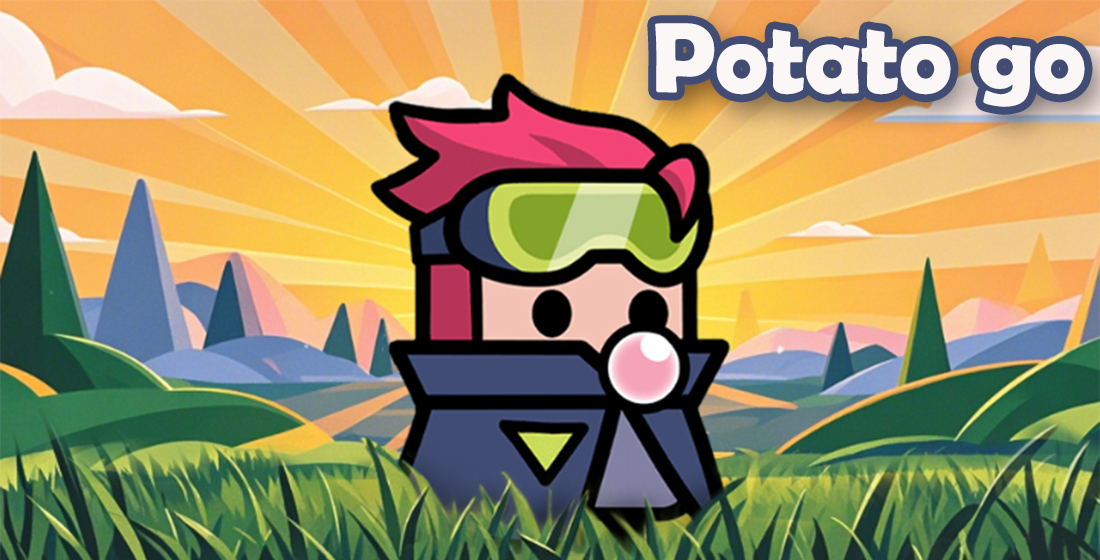Why Indie Simulation Games Are Revolutionizing the Gaming Landscape
Indie simulation games are not just games; they are a movement, a breath of fresh air in an industry often dominated by massive corporations and their predictable formulas. As players search for uniqueness and creativity, indie developers are stepping up, crafting innovative experiences that challenge traditional norms.
The Rise of Indie Games
In recent years, indie games have surged in popularity, compelling gamers to embrace smaller, independently developed titles that often offer deeper, more engaging gameplay. Unlike mainstream titles, indie games are often created by small teams or even solo developers who are passionate about their craft.
Simulation Games: A Niche Worth Exploring
Simulation games have a dedicated following, allowing players to immerse themselves in realistic environments, whether it's building a city, managing a farm, or even running a restaurant. The indie sector has poured creativity into these niches, offering players experiences that are not just enjoyable but also deeply rewarding.
What Sets Indie Simulation Games Apart?
- Creativity: Indie developers frequently take risks, experimenting with unconventional ideas that lead to unique gameplay.
- Personal Touch: These games often reflect the personal experiences and visions of their creators, fostering a stronger connection with players.
- Community Engagement: Many indie developers maintain close relationships with their community, allowing for feedback that directly influences game development.
- Affordability: Indie games typically come at a lower price point, making them accessible to a broader audience.
The Mechanics Behind Modern Indie Simulation Games
Indie simulation games utilize various mechanics to engage players. Let's break down some of the notable elements:
| Mechanic | Description |
|---|---|
| Sandbox Environments | Giving players the freedom to explore and create, often resulting in limitless possibilities. |
| Resource Management | Players must strategize how to best utilize their resources to succeed. |
| Dynamic Storytelling | Independent titles often feature player-driven narratives, making each playthrough feel unique. |
Impact on the Overall Gaming Landscape
Indie simulation games have notably shifted the expectations of the gaming community. They provide evidence that innovation doesn’t always come from big studios. Let’s explore how they have impacted the gaming landscape:
- Challenging Mainstream Norms: By offering alternative narratives and mechanics, indie games challenge the boredom of cookie-cutter mechanics prevalent in bigger titles.
- Broader Acceptance of Diversity: Players appreciate the diversity offered through various themes and mechanics.
- Environmentally Conscious Themes: Many indie games feature eco-friendly themes or encourage sustainability, raising awareness among gamers.
Case Studies: Notable Indie Simulation Games
Several indie simulation games have left a significant mark on the gaming community. Below are a few standout examples:
- Stardew Valley: This farming simulation game became an instant classic, allowing players to build their farms and engage with a vibrant community.
- Factorio: Focused on resource management and production automation, its community-driven development model has propelled its success.
- Prison Architect: It mixed humor with serious themes, allowing players to design and manage a high-security prison.
Player Profiles: Who is Playing Indie Simulation Games?
Understanding the audience is crucial. Here are some common player profiles:
- Casual Gamers: Often look for relaxing gameplay without high pressure.
- Strategists: Players who enjoy deep, strategic thinking and resource management.
- Creative Types: Gamers who find joy in expressing their creativity through game mechanics.
Challenges Facing Indie Developers
Despite their success, indie simulation games face several challenges:
- Funding: Securing funds for development can be tough, especially against the backdrop of flashy big-budget titles.
- Visibility: Standing out in a crowded market is essential for success, yet difficult without marketing resources.
- Technology Limitations: Many indie developers have to work within constraints that larger studios do not face.
The Future: Where Are Indie Simulation Games Headed?
The future of indie simulation games looks promising. As technology evolves and more accessible platforms emerge, we can expect an influx of innovative titles. Players will continue to crave unique experiences, propelling indie studios to higher ground.
Conclusion
In conclusion, indie simulation games are not merely a trend; they represent a significant shift in the gaming landscape. By blending creativity with engaging gameplay mechanics, these games are changing how we perceive gaming as a whole. As the boundaries between player and creator blur, an exciting era awaits in the world of gaming. Whether you’re seeking an escape from reality or a complex challenge, the indie simulation genre has something for everyone. So, why not take a chance? Dive into these games and experience the future of gaming for yourself!



